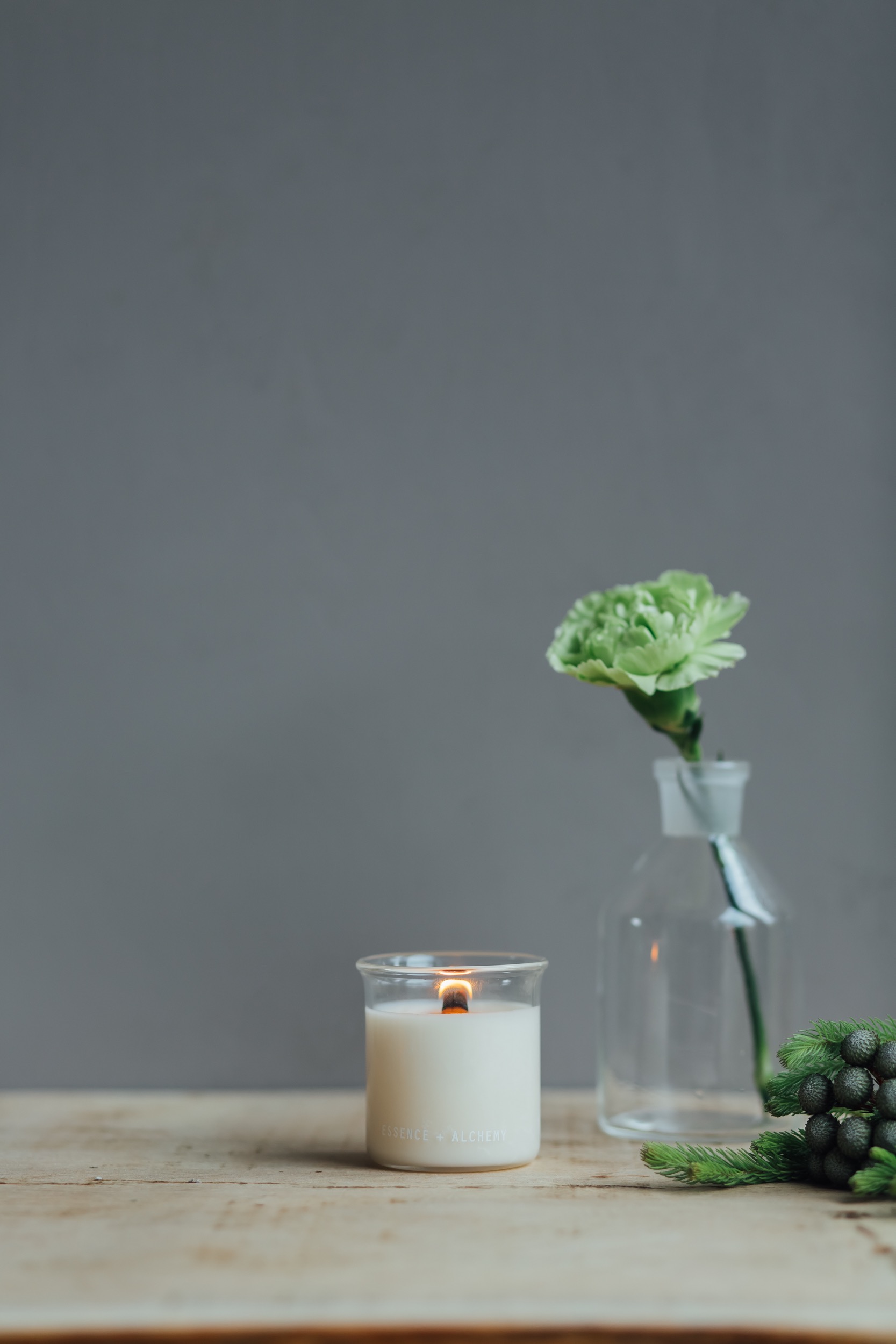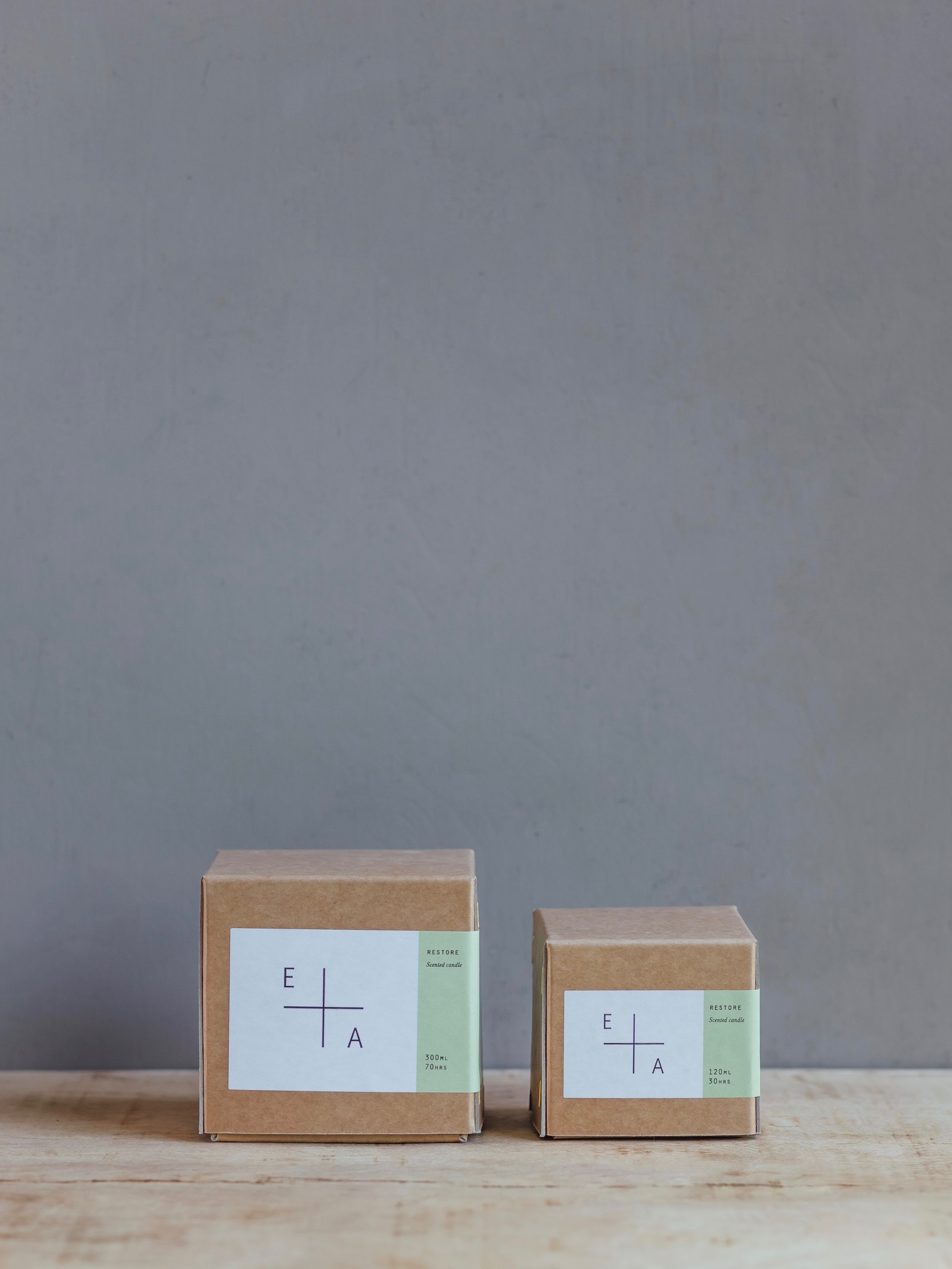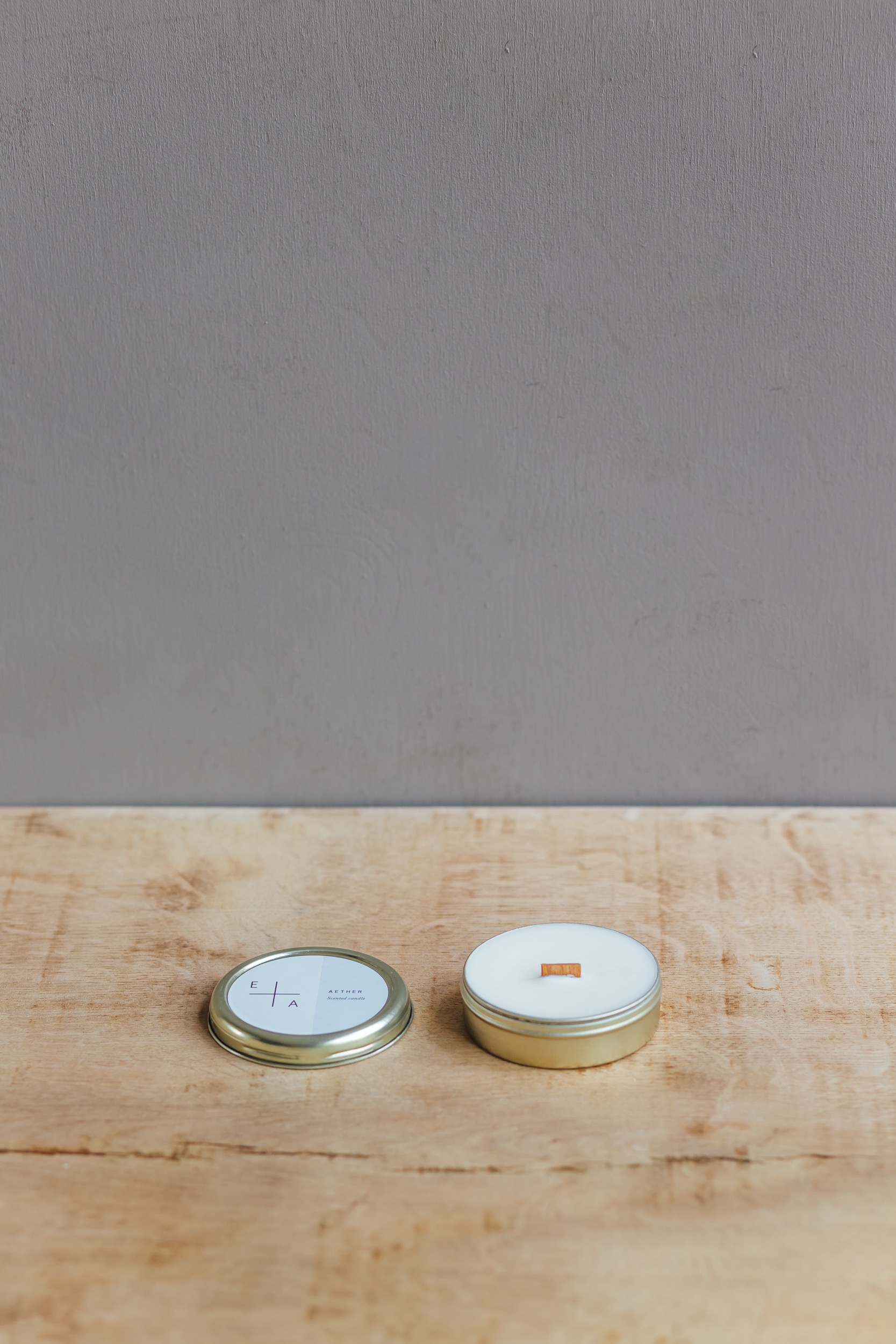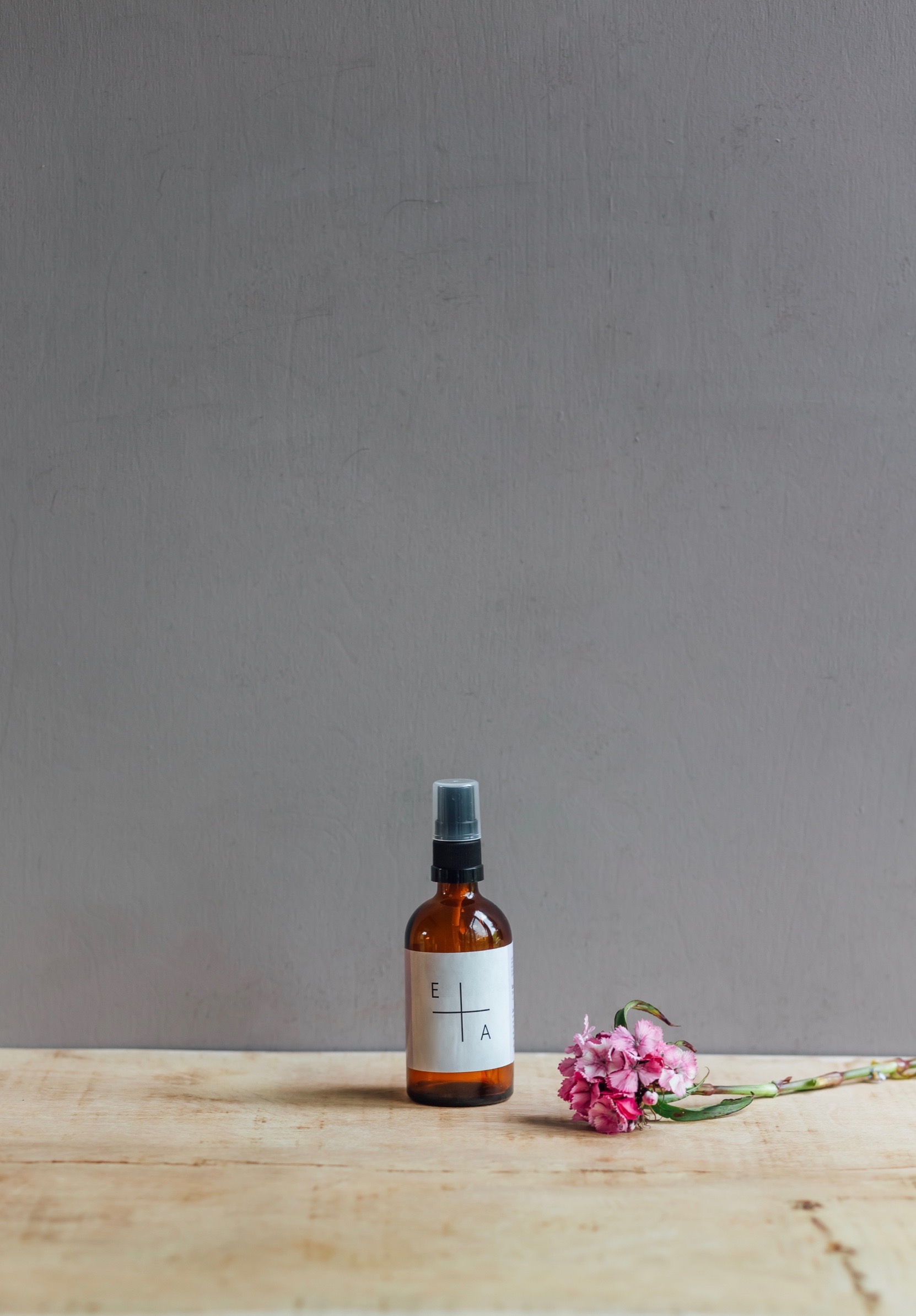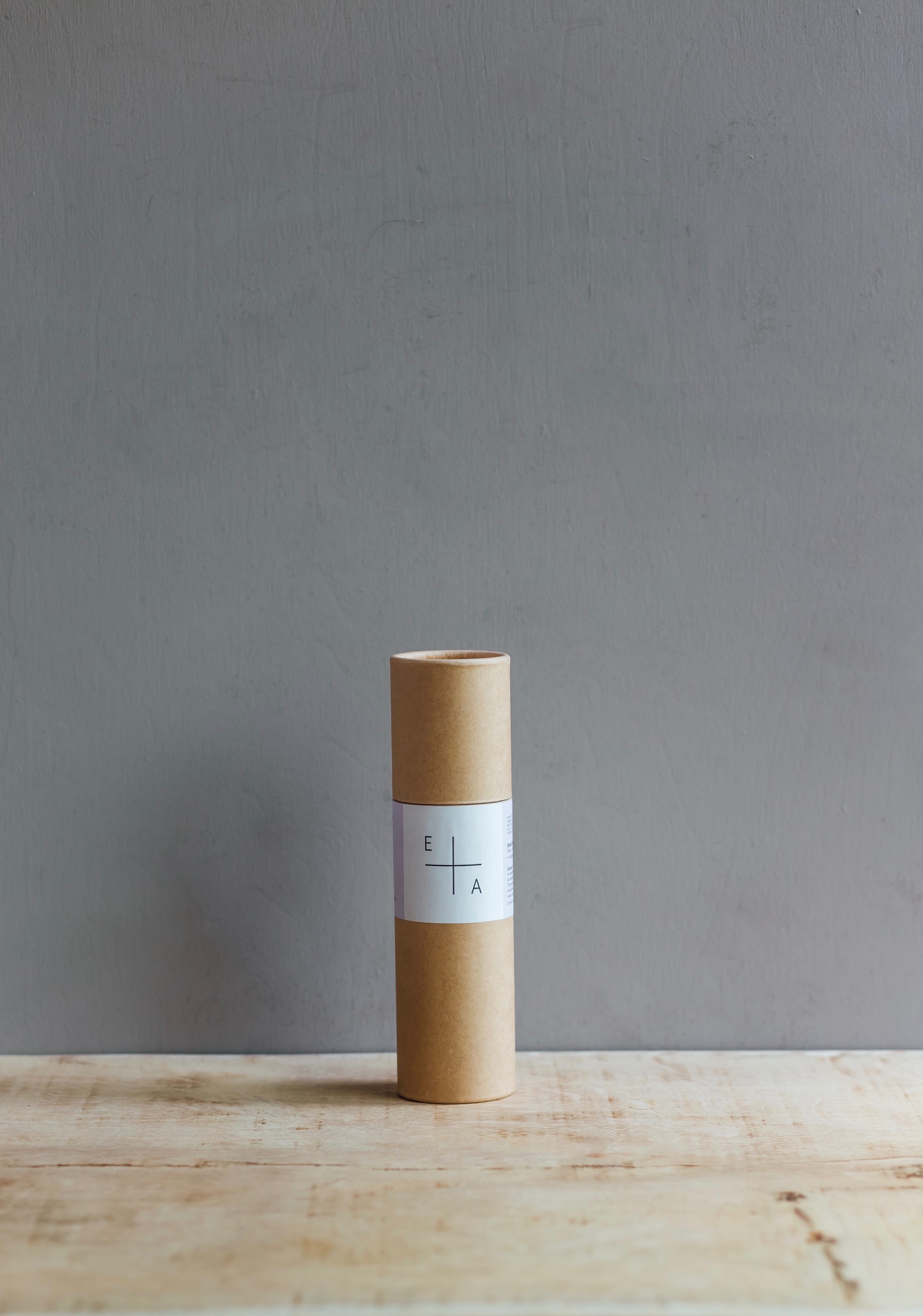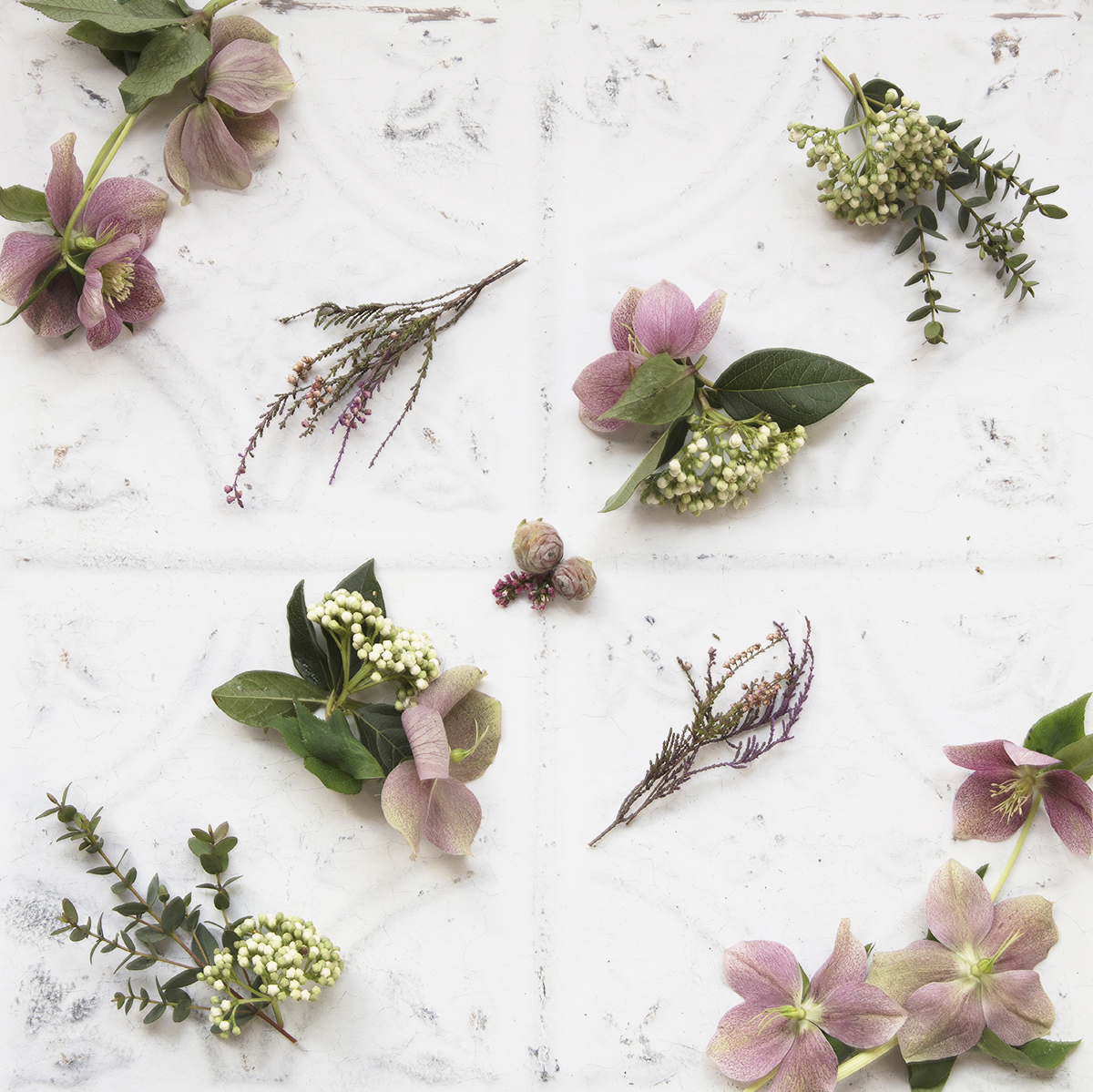Lesley Bramwell of Essence + Alchemy spends a lot of her time in her laboratory mixing batches of rapeseed wax candles that crackle and smell of wild gardens and the sky above the clouds. We've spoken to her about her relaunch...
Lesley, tell us about what you've been up to in your laboratory the last few months.
It’s been a busy time, working on the E+A relaunch and designing the new store and products. I’m also in the process of designing and building a new garden laboratory.
A garden laboratory, you say? Tell us more.
I was struggling to find a place in Sheffield that ticked all the boxes – clean, light, warm, nice view etc, so I decided to look into building a lab at home. My house is built on 1/3 acre – we have the space so it made perfect sense.
Building starts end of July. A local timber frame company will erect the frame and my husband is finishing the external and internals. Hoping completion will be end of September.
It will have a dedicated lab store room, a desk area facing double doors onto the garden and lab area with benches under the windows facing the garden. Water used will be filtered and collected for reuse in the garden.
The dream is to eventually grow and distill my own oils, which I can use in products. I like the idea of distilling my own rose essential oil but I might need to plant a few bushes before I can do that!
What's been the inspiration behind your redesign?
The look of the brand has always been about my scientific background and the formula behind the name E+A. I wanted a fresh and clean look that reflected this and with the help of local Sheffield designer Sean Coleman, I think this has been achieved - a combination of scientific text and pastel colours to reflect the natural scent of the products with a clean minimalist edge.
Tell us about some of your new products.
There is a new handy travel size gold tin candle, great for popping into your bag or giving as a gift. There are also candle refills for tea-light holders and large beaker candles and I’m also offering a candle refill service now whereby you can return your candle beaker for refilling.
What is the candle club?
I created candle club to encourage the reuse of the large candle beaker and offer refills at discounted rates. Customers can either sign up to a 3 month or 6 month package and choose which candle scents they’d like and they also receive little gifts each month.
What's on your bedside table?
A hardback copy of Culpeper’s Complete Herbal and an E+A Aroma Mist. At the moment I’m using Unwind with lavender and sweet marjoram to help create a relaxing atmosphere before bedtime.
This is a sponsored blog post, created in collaboration with Essence + Alchemy. Find out more about them in our Directory.


